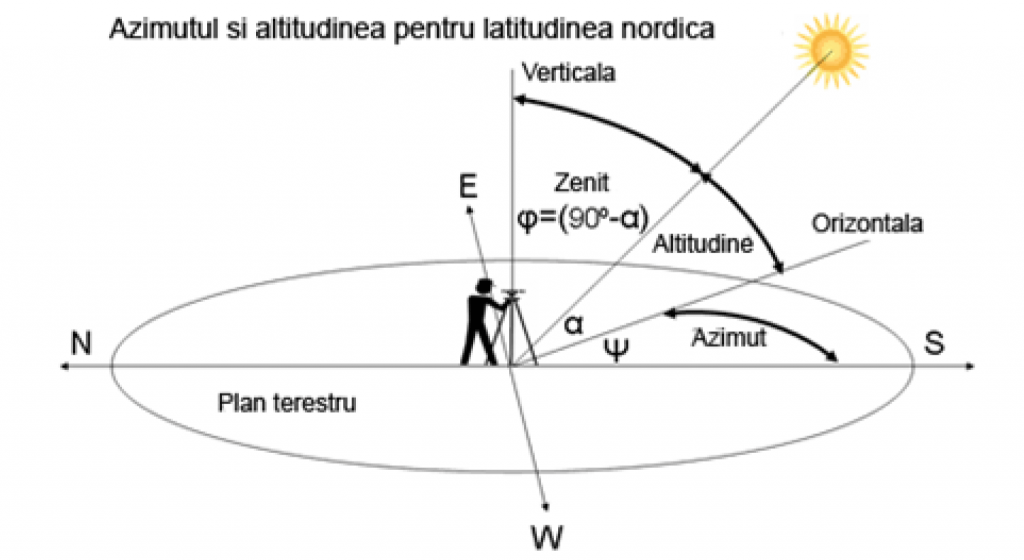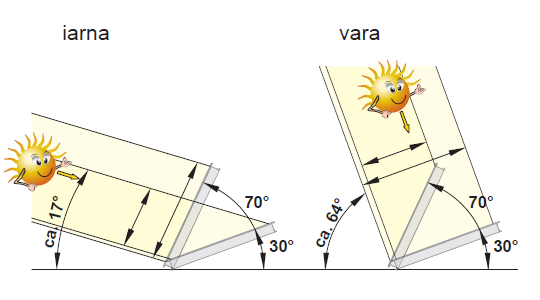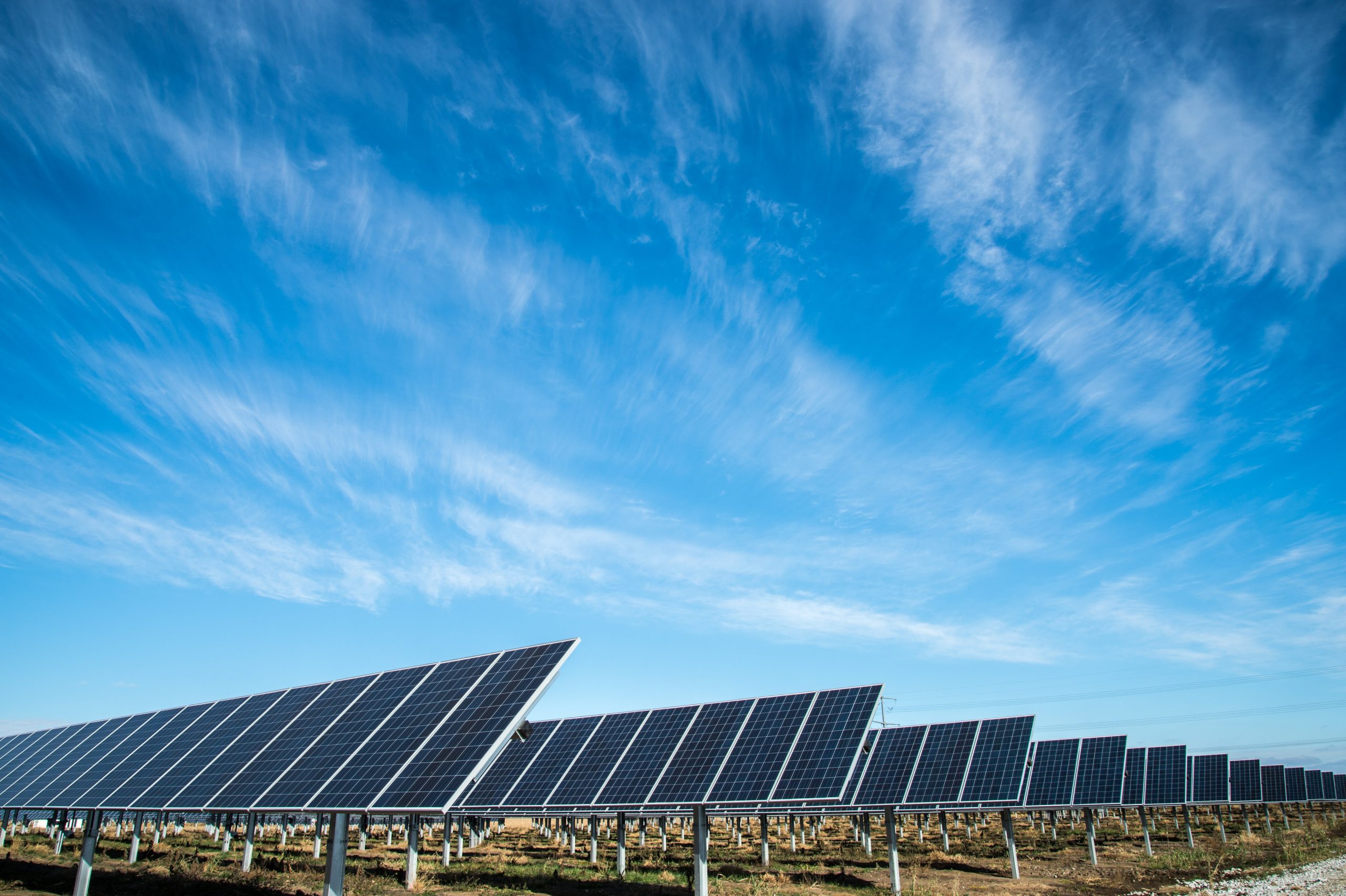The Earth’s rotational movement causes the angle of sunlight radiation on photovoltaic panels to constantly change. This means that solar panels receive more solar energy if they are inclined at an appropriate angle.
Therefore, the positioning of photovoltaic panels is extremely important to achieve high efficiency in the solar installation. An analysis of this positioning considers both the mounting angles and shadow zones. Hence, there may be cases where a solar system is not the best investment because it cannot achieve the desired efficiency due to various obstacles.
The installation of a solar panel must take into account two angles:
- Azimuth Orientation: pointing the panel towards the South;
- Inclination: degree of inclination to the sun.
Azimuth Orientation
In order to harness as much solar energy as possible throughout the day and year, the Azimuth orientation (facing South) should be set to 0 degrees.
Summer solar systems involve a significant deviation from the 0-degree Azimuth to avoid significant energy losses. For example, if you are considering installing a solar system solely for heating the pool water during the summer, the Azimuth orientation must be calculated to ensure that the solar panels provide maximum efficiency during the warm season, without considering the other seasons.

On the other hand, if you are considering a solar system for heating purposes (used only during the cold season), the Azimuth orientation should be calculated exclusively for the winter months.
Tilt of Solar Panels
Similar to the Azimuth orientation, calculating the tilt angle of solar panels must take into account the purpose of the system.
For photovoltaic systems integrated to heat water or a pool (during the summer period), the tilt angle is lower, as the sun’s height is at its highest. Conversely, the optimal tilt angle for environmental heating systems (during the cold season) is higher, as the sun’s position is lower in the sky.

Shadow Generated by Obstacles
The sun follows a different trajectory in the sky each day. Therefore, the shadow cast by any obstacle in front of the solar panels will vary. That’s why solar panels need to be tilted and oriented in such a way that the average rate of solar energy loss due to shadows is minimized.
Optimal intervals for the tilt and azimuth orientation of solar panels
The table below presents the optimal intervals of tilt and azimuth angles, depending on the purpose of the solar system. Of course, these intervals do not take into account any potential obstacles that could cast shadows on the solar panels.
| Use | Angles of inclination of the panels | Azimuth angles of the panels |
| Hot water | 15° up to 45° | 45° up to -45° |
| Pool | 15° up to 45° | 45° up to -45° |
| Hot water + Ambient heating | 30° up to 60° | 15° up to -15° |
| Hot water + Ambient heating + Pool | 30° up to 60° | 30° up to -30° |
